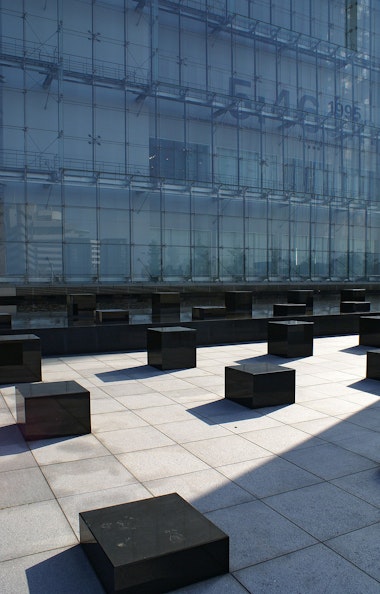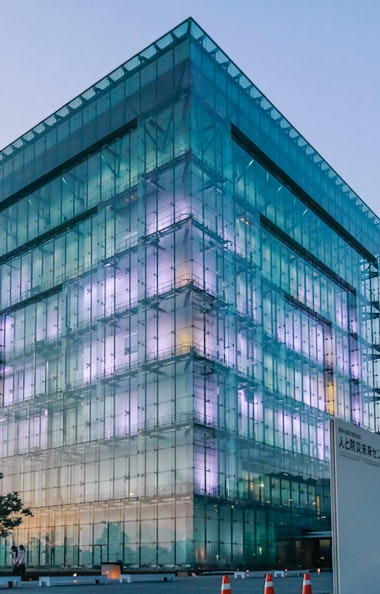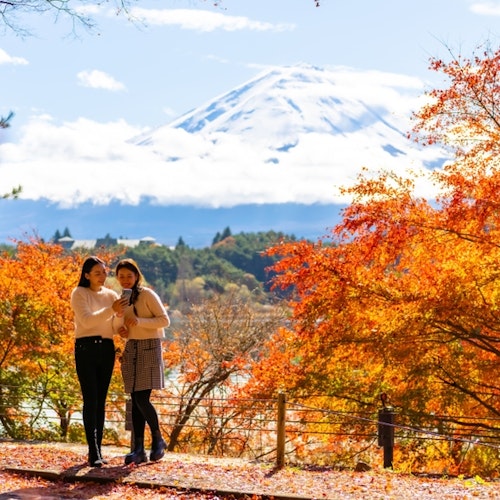Kobe Earthquake Memorial Museum
4.3 (200)・Tourist Attraction・Museum・Point Of Interest・Establishment
Hours
Monday: Closed
Tuesday: 9:30 AM – 4:30 PM
Wednesday: 9:30 AM – 4:30 PM
Thursday: 9:30 AM – 4:30 PM
Friday: 9:30 AM – 4:30 PM
Saturday: 9:30 AM – 4:30 PM
Sunday: 9:30 AM – 4:30 PM
Phone
Website
The area
Address
1-chōme-5-2 Wakinohamakaigandōri, Chuo Ward, Kobe, Hyogo 651-0073, Japan
Top ways to experience Kobe Earthquake Memorial Museum
What other travelers are saying about Kobe Earthquake Memorial Museum
Very good museum, great experience. We were surprised by the structure of the visit: first you see a video, then there are interactive activities and volunteers kindly explain what happened and why, showing the scientific and engineering strategies applied to reconstruct the city after the earthquake. Wholeheartedly recommended! It was impressive to see the resilience and cooperation of Kobe's habitants. The exposition and the activities have subtitles in English; the volunteers speak English too.
Laura Belli
Feb 21, 2025
It was an extremely humbling experience and I do not regret adding this place to my list to visit. You are first brought through some experiences and videos about first hand accounts of the devastating earthquake. If you took the train from Osaka to Kobe, there would be some place names that you recognise along the way.
The volunteers in there were also very cheerful and fun-loving. Special shout out to the lady at the emergency kit department who made me feel extremely welcome and was more than happy to speak simple Japanese to me. We had an absolutely wonderful chat.
Another memorable staff was the one at the tsunami simulation station - due to the complexities of the things he had to explain, he had to use English instead of Japanese so I could understand it. He's such an expert at it too!
The people here define this place and while the accounts of the earthquake were depressing, the cheerful people of the place has definitely made the visit extremely memorable..
Daniel Tay
Nov 5, 2024
If you're traveling to Japan, I would recommend going to Kobe to see this memorial museum. The Great Hanshin-Awaji Earthquake Memorial museum was stark and humbling experience of what impact earthquakes can have on us. They had a plethora of video recordings, recollections and interviews of survivors, simulation areas, suggestions on how to better prepare for natural disasters, and more. We stayed for almost three hours and would have spent longer if not for an engagement we had to make thereafter. Highly, highly recommend this.
Shulamie Lee
Jun 20, 2024
This exhibit immortalises the 1995 earthquake which almost leveled the city. There are artefacts, eyewitness testimony, as well as interactive exhibits targeting children. There were multiple theatres showing films about emergency preparedness. They provide translators which you can wear, but it can be difficult to hear over the Japanese dialogue being played at full volume throughout the room. If you’ve been to the museums in Hiroshima or Nagasaki, you will have a good idea of what to expect. There is an immersive experience at the beginning of the tour which I didn’t enjoy; as it had a lot of flashing lights, loud noises, and blurred imagery (but everyone is different). There are two buildings, with the second containing exhibits which largely target Japanese children. Worth having a look if you’re interested in contemporary history, or don’t know much about the science behind earthquakes. Admission is inexpensive. Paid parking available nearby.
Evalyn Venture
Jul 17, 2024
I visited in late Oct/early Nov 2024.
One of the lady staff who spoke English shared with me in detail about the experiments conducted to develop earthquake-resistant buildings.
Another male staff stationed at the tsunami model simulation was also very passionate and patiently used his phone to translate his explanations to me.
Great to see such dedicated staff who are very knowledgeable and committed to sharing their knowledge with visitors!
Zhong
Feb 14, 2025











